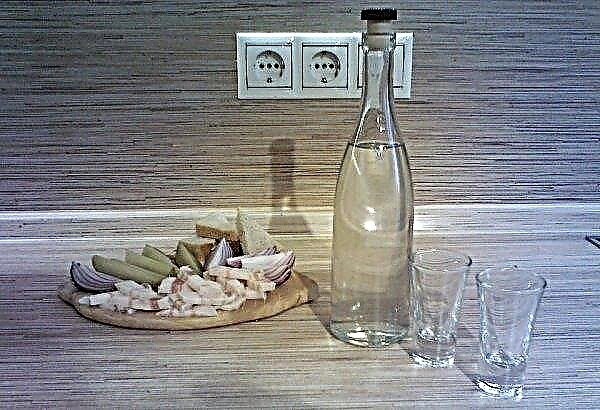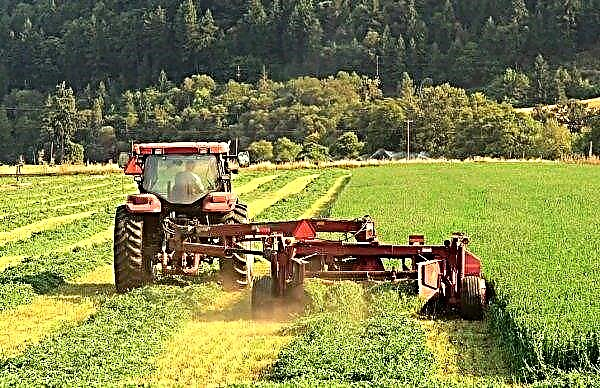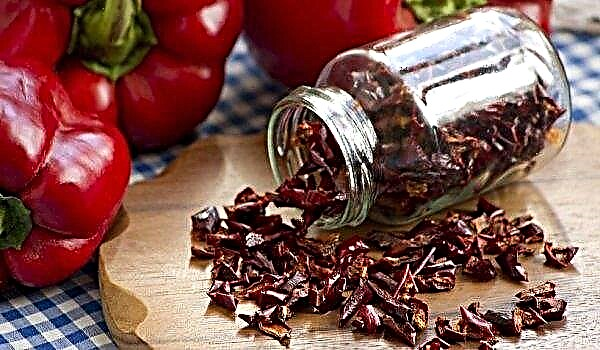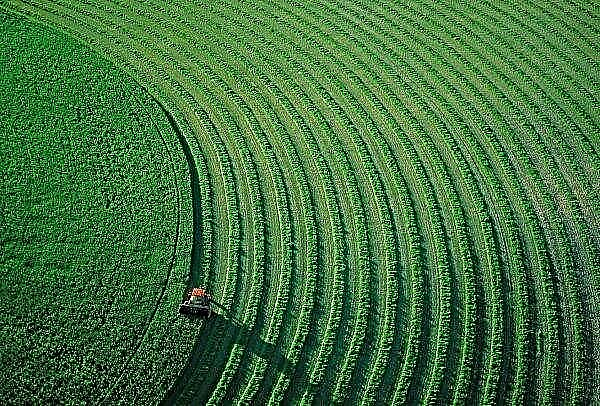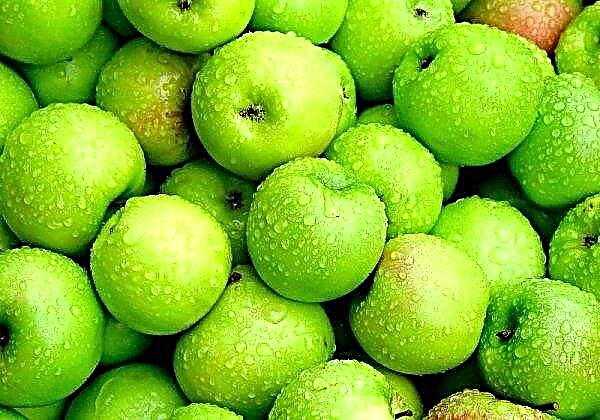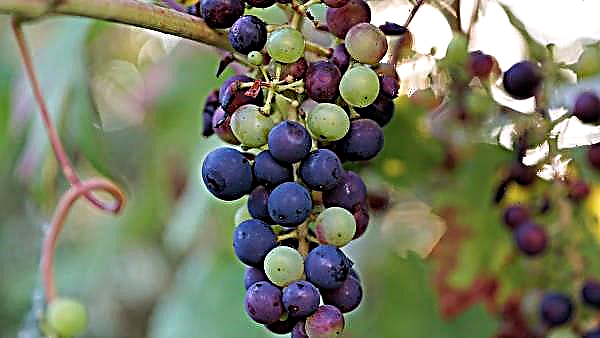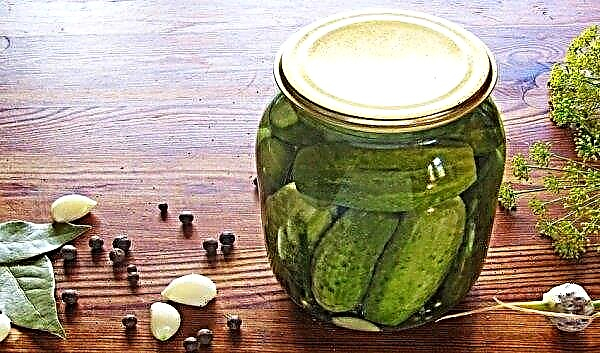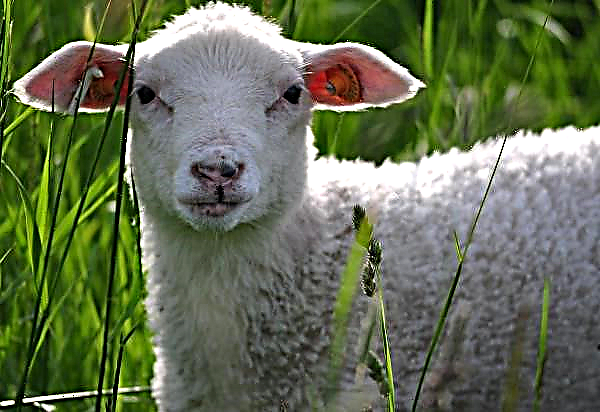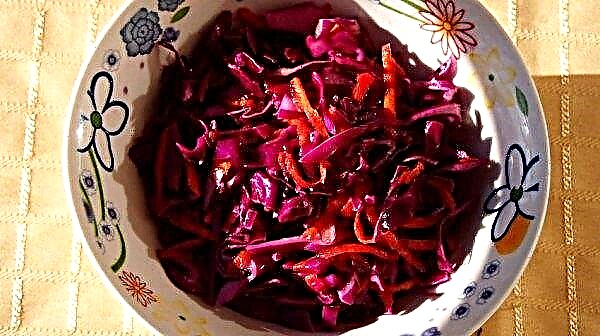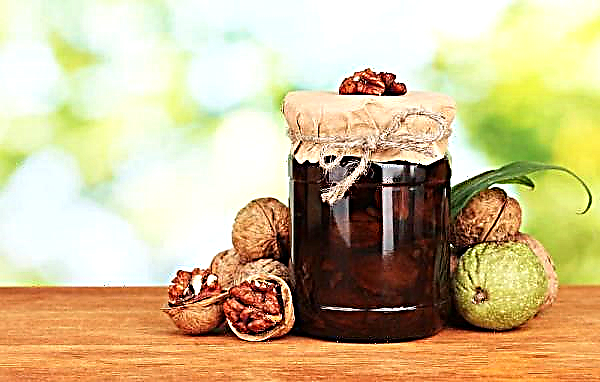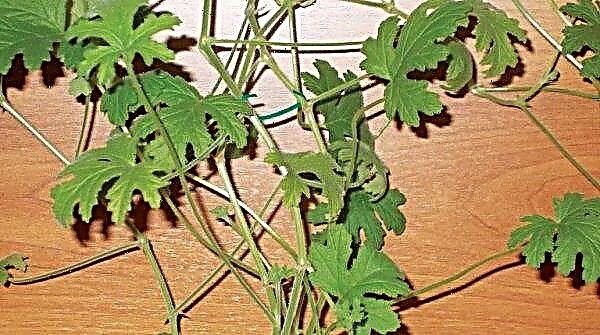Tomatoes are grown in almost every suburban area, and one of the most common varieties is tomato Titan. Its fruits have an excellent presentation, differ in average size and rich pleasant taste. This article describes the characteristics of titanium tomatoes and their main varieties, the pros and cons of this variety, as well as the features of growing and caring for the crop, including methods of combating diseases and pests.
Description and characteristics of tomato
The tomato variety Titan was obtained at the end of the last century by breeders of the North Caucasus Institute of Viticulture and Gardening. Due to its compact size, plants can be grown not only in open ground or a greenhouse, but even in a city apartment on a windowsill or balcony.

A detailed description of titanium tomatoes is presented below:
- The variety belongs to the medium-late. The first fruits ripen 120-140 days after transplanting.
- The bush is determinant, has a height of up to 60 cm and occupies a minimum of space on the bed. On 1 m², 6-7 bushes can be arranged.
- The branches of the bush are covered with a moderate number of leaves, which are large in size and rich in green.
- The first inflorescence usually appears above 5-7 leaves, and all the rest are located at a distance of 2-3 leaves from each other.
- The brushes consist of 5 round, medium-sized fruits. Their surface is covered with a smooth and dense red peel.
- Ripe fruits of this variety have excellent taste. The pulp of tomatoes is dense and juicy, consists of 3-4 chambers and contains few seeds.
- The yield of tomato titan from one bush is 4.5-5 kg of ripe tomatoes. The weight of one tomato is about 80-120 g.
- Grade Titan shows good immunity to fungal infections.
Did you know? Ripe tomatoes contain a special substance - serotonin. It helps improve a person’s mood and helps fight depression.
Variety varieties
Breeders are constantly working on breeding new varieties of tomatoes that are distinguished by good taste, attractive and unusual presentation, as well as unpretentious to growing conditions.
A brief description of the most common varieties of tomatoes of this type is presented below:
- Yellow giant. Plants can reach different heights, depending on growing conditions - from 1.2 to 1.7 m. The variety is characterized by average ripening, which allows you to get the first crop in 3.5 months. Tomatoes are round, and under their smooth yellow peel hides a dense yellow flesh. The weight of each ripe specimen is approximately 400 g. The pulp has a rich sweetish flavor. Under favorable climate conditions, the yield from the bush reaches 5.5 kg.

- Moscow precocious. This variety belongs to ultra-ripening - it takes only 90-100 days to ripen the crop. The bushes are very compact and low on the beds - only 60 cm. The tomatoes are round and small in size. The dense skin and juicy flesh are saturated red, and the mass of one ripe specimen is about 150 g. Tomatoes of this variety are characterized by excellent taste, and yield with good care is about 2 kg from each plant.
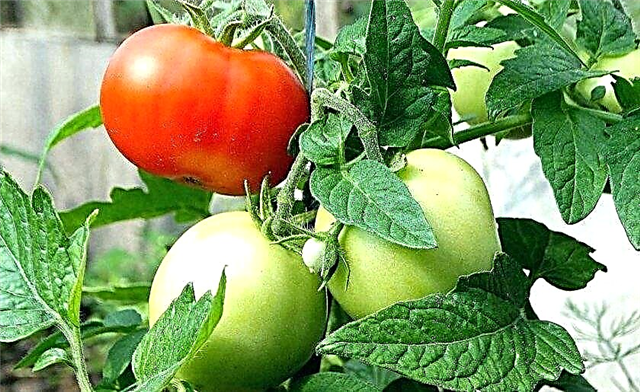
- Chocolate. This variety is medium early - from planting seeds to harvesting the first harvest of ripe fruits, it takes about 110 days. The plants are quite tall - up to 120 cm, and large and round fruits have a reddish-brown peel. The weight of one ripe specimen can reach 400 g, and the yield from 1 m² is 10-15 kg. The dark red pulp of tomatoes is fleshy and sweet, contains many seeds.
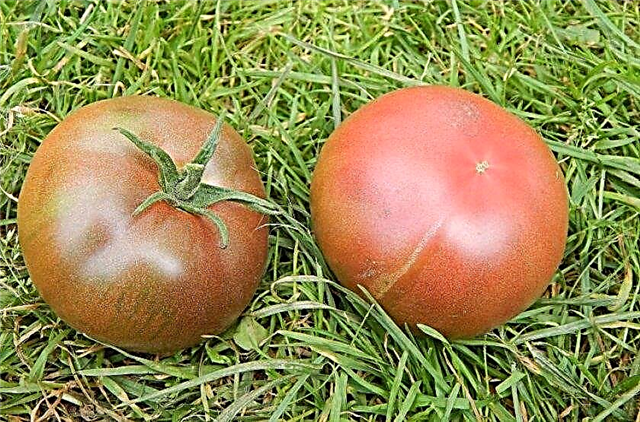
- Pink. This tomato variety has a mid-early ripening period - from 115 to 120 days from the moment of planting the seeds. Compact plants have a height of not more than 60 cm, but are characterized by high yields - up to 4 kg of fruits from the bush. Small rounded tomatoes have a bright pink peel, under which you can find a juicy and tasty pink pulp. The mass of one mature specimen can reach 170 g.
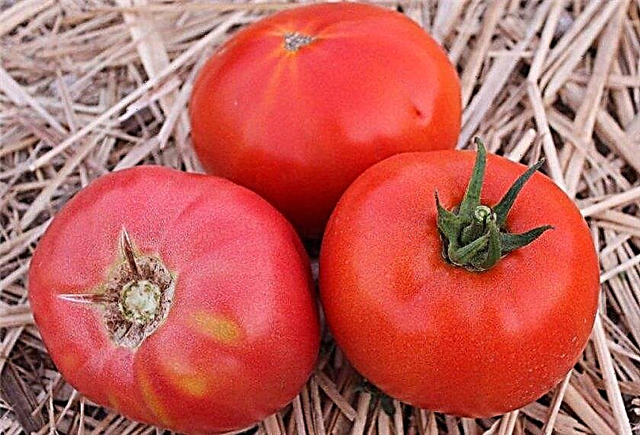
- Red. It takes 120 days to ripen the crop, and the height of the plants does not exceed 60 cm. Despite its compact size, the variety gives a good harvest - about 5 kg per plant. The fruits are round, with a red peel and dense juicy pulp of a bright red color. The mass of one tomato is up to 120 g.

- The orange giant. Tomatoes of this variety ripen in 115 days. The height of the bush is 120-140 cm, from each plant you can collect up to 4-5 kg of ripe fruits. Tomatoes have a rounded and slightly elongated shape, ripe fruit has a bright orange color. The mass of one ripe tomato can reach 350 g, and its flesh is very tasty and fleshy.

- Red large. The variety is mid-season, tomatoes ripen in 120 days. The plants are tall - up to 1.5 m, and their branches are strewn with round, slightly flattened red fruits. The mass of the ripe specimen can reach 600 g, and the yield is about 5-6 kg of large tomatoes from each bush. Fruits are distinguished by fleshy pulp and excellent taste characteristics.

- Royal. Plants have a small height of up to 80 cm, and 120 days are enough to ripen the crop. One ripe fruit weighs about 150 g. Tomatoes are round, medium in size and covered with a dense and even red peel. The pulp is characterized by juiciness and rich taste. With good care from 1 m², you can get a generous crop - up to 6 kg of tomatoes.
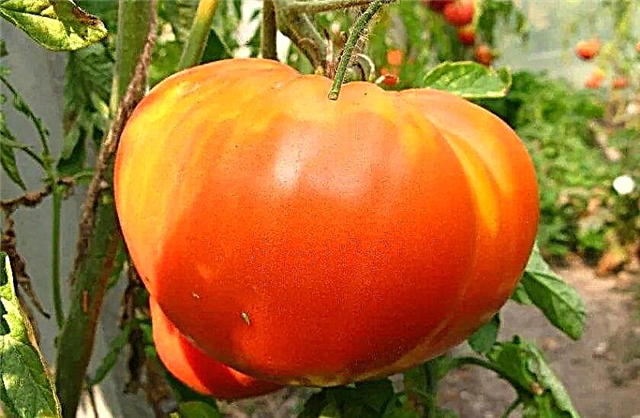
- Brazilian giant. The bushes are very high - up to 2 m. The first tomato crop can be harvested 4 months after emergence. Tomatoes are flat-round and very large, the weight of one copy can be 1 kg. They are covered with red peel and have a juicy, tasty flesh. The number of ripe fruits collected from the bush can reach 15 kg.

- Argentinean apples. Plants of this variety grow to a height of 1.3 m. Ripe fruits are small in size, weigh 120-150 g each. Tomatoes ripen in the early medium term - in 120 days. The peel of ripe specimens is bright red, and the shape of the tomatoes is elongated. Due to the dense peel, the fruits are characterized by excellent presentation and good taste.
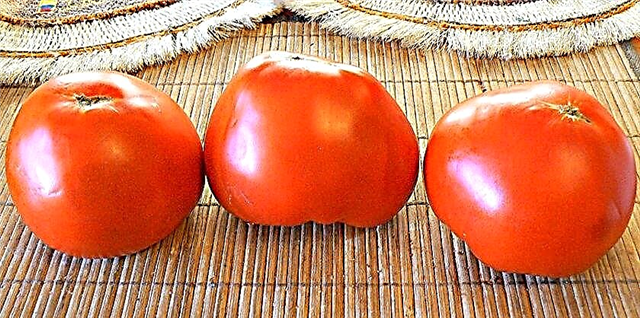
- Black Prince. The first crop of ripe tomatoes can be harvested 120 days after planting. The bushes are very tall - up to 2.5 m, covered with large fruits weighing 300-450 g. With proper care and good growing conditions, the number of ripe specimens can reach 3-4 kg from the bush. Tomatoes have a flat-circular shape, on the outside they are covered with a red-black smooth peel. Their flesh is very juicy and sweet.
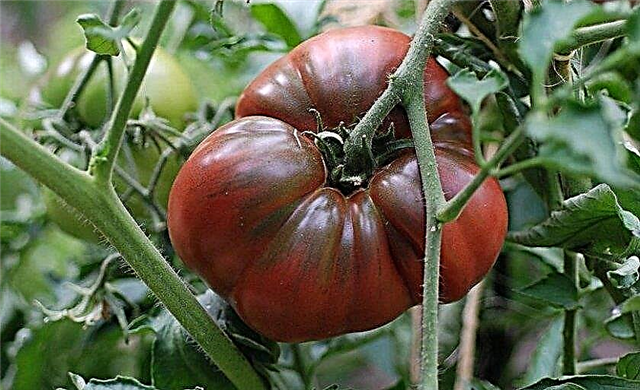
- Sugar giant. The ripening period of this variety is mid-early - about 115 days. The height of the bush is 1.5 m, and the mass of ripe tomato is up to 450 g. The round and large fruits are covered with a peel of red or pink color, and their flesh is very tasty. From each bush you can collect up to 6 kg of tomatoes.

- Honey. Plants have a height of about 140 cm, the crop can be harvested after 110 days. With good care, the number of tomatoes from the bush can reach 4 kg. Tomatoes are slightly flattened and covered with a bright pink peel, the weight of one copy is 350-400 g. The tomato pulp contains a lot of juice and has an excellent taste.

Advantages and disadvantages
Titan tomatoes have gained wide popularity due to its many advantages that distinguish them from tomatoes of other varieties.
- The positive qualities of this culture are listed below:
- high productivity;
- compact sizes of plants, allowing them to grow in small greenhouses and on the balcony in the apartment;
- good transportability;
- excellent keeping quality;
- attractive presentation;
- rich and pleasant taste;
- plant resistance to drought;
- the ability to use tomatoes for canning, due to their small size;
- persistent immunity to fungal infections.
- The disadvantages of the Titan variety include:
- poor resistance to low air temperatures;
- exactingness to the nutritional composition of the soil;
- late harvest ripening.
Features of growing tomatoes
Titan tomatoes can be grown on a summer cottage, in a greenhouse, and even in an ordinary city apartment, so this variety is widespread. In order to get a generous crop of large tomatoes, it is recommended to grow them in an open country house only in the southern regions with early spring and warm summers.
In regions with a temperate and cool climate, it is preferable to grow Titanium tomatoes in small greenhouses, because crop productivity is significantly reduced in conditions of insufficiently high air temperature. Listed below are the main features of growing this crop.Did you know? About 16% of the global tomato production is grown in China.

Suitable conditions
Growing tomatoes Titanium begins with sowing seeds for seedlings. So that the planting material sprouts quickly, and the sprouts develop normally, containers with seedlings should be located in a room with suitable microclimate conditions:
- seedlings need a sufficient amount of sunlight - at least 16 hours a day, and if the duration of natural daylight is insufficient, then the seedlings are placed under artificial lighting lamps;
- the air temperature in the room with sprouts should be about + 24 ° C, since this variety of tomatoes does not grow well in the cold;
- the humidity in the room with tomato seedlings should be about 60–70% - in dry air conditions the sprouts begin to fade, and diseases can develop in a too humid room;
- seedlings should be kept away from drafts - cold streams of air can destroy young shoots.
Important! The minimum air temperature for growing seedlings of tomato titan is not lower than + 18 ° C.
Sowing seeds
Sowing seeds for growing tomato seedlings is usually carried out in March. Before starting growing seedlings of tomato Titan, you need to prepare planting material and soil.
Features of the preparation of seeds and soil for seedlings are listed below:
- planting material must be placed in a small container with water - pop-up seeds must be removed, so they will not germinate;
- selected seeds must be soaked in a potassium permanganate solution for 12 hours to disinfect;
- for better germination, tomato seeds should be placed on a plate with a damp napkin and covered with a film for 3-4 days, as the napkin dries, it should be slightly moistened and the plate kept in a warm place;
- as a soil for planting seeds, you can use the land from the garden, mixed in equal amounts with river sand and peat;
- for disinfection, the soil before sowing the seeds is thoroughly heated in the oven for 20-30 minutes;
- the seeds can be planted in one large container or in individual cups, but in the first case, the sprouts will need to be dived.
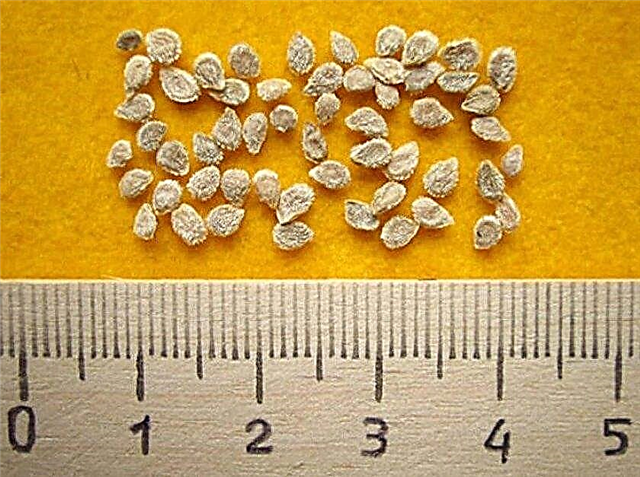
After preparing the planting material and soil for seedlings, they begin to plant seeds.
A step-by-step instruction of actions is presented below:
- Make indentations on the soil surface and place the seeds in them to a depth of 1-2 cm. If planting is carried out in one large container, then a distance of 3-4 cm is left between adjacent seeds.
- Sprinkle planting material with a small amount of loose soil and level it with your hands.
- Pour seeds with a small amount of warm water, cover the container with a film.
- Remove the container in a warm and dark place. When drying the topsoil, moisten it with a small amount of warm water.
- After a week, small green shoots appear, after which the film is removed and the container is placed in a well-lit place.
Important! When buying Titan tomato seeds, you need to choose only those that were collected no more than 2 years ago.
Seedling Care
After the emergence of young shoots for sprouts, you need to carry out a little care. It consists in proper watering, fertilizing and good lighting of seedlings.
The main features of care for seedlings of tomato seedlings Titan:
- after the appearance of 2-3 green leaves on the sprouts, they need to be dived into individual containers - it is best to use peat glasses;
- seedlings need to be placed on a brightly lit window sill so that they receive a sufficient amount of sunlight, while the containers need to be periodically rotated so that the sprouts are illuminated from all sides and develop evenly;
- watering is carried out with warm, settled water as the top layer of the soil dries up;
- for better air permeability of the soil it must be periodically loosened;
- for the whole time of growing seedlings, it is recommended to feed them 2-3 times with complex mineral fertilizer for better growth;
- 10 days before the planned transplanting of seedlings into open ground, they begin to harden it: for this, containers with seedlings are taken out onto the balcony for 20-30 minutes, gradually increasing the time the seedlings are in the fresh air.
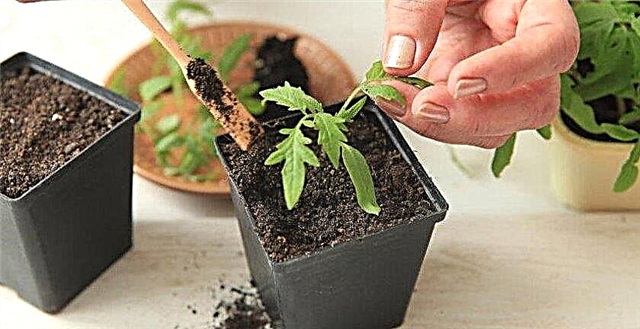
Planting seedlings in the ground
By the time of transplanting into open ground, seedlings of tomato titan should reach the age of 2–2.5 months. The timing of planting seedlings depends on the climatic characteristics of the region and usually occur in the second half of May.
Step-by-step instructions for planting Titanium tomato seedlings in a summer cottage are presented below:
- Before planting seedlings, water the soil in the area with a solution of copper sulfate - this is necessary for disinfecting the earth.
- Prepare small holes on the surface of the soil. Planting seedlings is carried out according to the scheme 50 × 40 cm.
- If the soil is dry, then each hole should be watered with a small amount of warm water. At the bottom of the recess, place some mineral fertilizers.
- Carefully remove the sprouts from individual containers along with an earthen lump formed around the roots. Place the seedlings in the prepared holes and sprinkle with loose soil.
- Mulch the surface of the soil on the beds with a layer of dry straw so that the earth remains wet longer.
Important! It is recommended that you grow Titan tomatoes on a site where cucumbers, zucchini, carrots, greens or cauliflower used to grow.
Care Features
To get a generous harvest of ripe tomatoes, plants of this variety require minimal care, which even a beginner gardener can handle. Titan tomato bushes need to be provided with proper irrigation and necessary soil care, as well as a sufficient amount of nutrients and timely detection of diseases and pests for immediate treatment. The main tips for caring for titanium tomatoes are listed below.
Watering and fertilizer
Titanium tomatoes can tolerate short-term drought without reducing yield indicators, but to obtain beautiful and tasty fruits, you need to provide the plants with enough water. It is equally important to give the bushes a sufficient amount of nutrients necessary for the normal growth of plants and the formation of a large number of fruits.
The rules for watering and feeding tomatoes are as follows:
- the first watering of beds with tomatoes is carried out 2 weeks after transplanting;
- for irrigation, you need to use settled water at room temperature;
- bushes are watered under the root, avoiding water getting on the leaves of plants;
- you need to water tomatoes Titan only after drying of the top soil layer, you can’t fill the plants too much (the average frequency of watering is 1 time in 7 days, but with strong heat the plants can be watered more often);
- Titan tomatoes are fed with phosphorus and potassium fertilizers 3-4 times per season during active growth, flowering, ovary formation and fruit ripening.
Weeding and loosening the soil
One of the important components of the successful cultivation of Titan tomatoes is the proper care of the soil around the plants.
It includes such mandatory steps:Did you know? Tomatoes can be included in the diet, because they are 95% water, and 100 g of the product contains only 20 kcal.
- weed weeding - carried out regularly, as they appear, especially during the period of growth of planted young shoots;
- loosening the soil around the bushes - it is made after each watering and allows you to improve the breathability of the soil, contributes to a longer preservation of moisture in the ground;
- hilling plants - it is carried out after the bushes have reached high growth and are preparing for flowering: this procedure improves the nutrition of tomato roots as the root system grows;
- mulching beds - Helps to combat the appearance of weeds and the rapid evaporation of moisture from the soil.
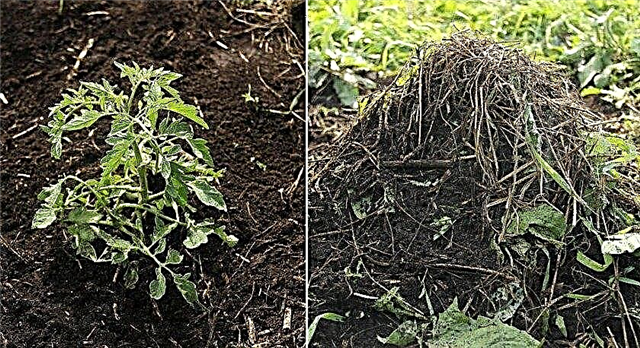
Shrub formation and pinching
Bushes of tomatoes of this variety are very compact and have a small height. But thanks to a large number of tomatoes, plant branches can break, so the bushes need a garter. To do this, stakes are installed next to the plants, to which the branches of the bushes are neatly tied up as they grow.
When forming a bush, it is recommended to conduct it in 2-3 shoots. The first flower brush on the bush is quite low, and only 4-5 peduncles can form on one shoot.
The basic rules for plant formation are listed below:- when forming a bush in 2 stems, one of the strongest lateral stepson leaves branching from the main stalk;
- when maintaining a plant in 3 stems, in addition to the two main stepsons, they leave one more, the strongest, located above the first inflorescence;
- excess stepchildren and branches are removed by pinching;
- to ensure good air circulation near the roots of the bush, it is recommended to remove all leaves located below the branching point;
- pruning of the plant is recommended to be carried out before the beginning of the flowering period, so that the bush does not waste strength on the growth of excess shoots and leaves.

Diseases and Pests
Tomatoes of the Titan variety can be affected by the following diseases and be attacked by pests:
- Late blight. This disease is manifested by brown spots of an indefinite form, which can be seen on the leaves, stalk and fruits of the bush. Gradually, the lower part of the leaf becomes covered with white coating, and the tomatoes begin to rot. For treatment, you can spray the bushes with the infusion of garlic or use special medications (Oxychom).
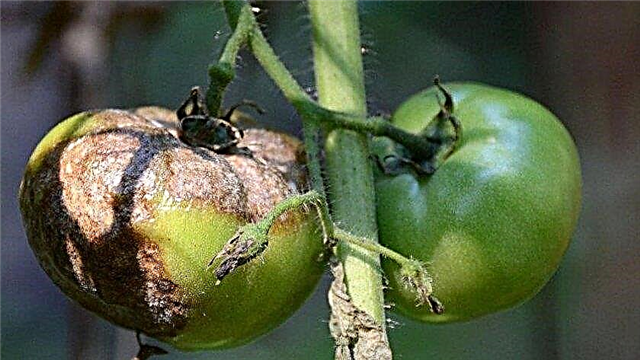
- Column The carriers of infection are small sucking insects. When this virus is affected, the top of the bush acquires a pink-purple color, and the leaves become brittle and curl in the shape of a boat. Inflorescences are deformed and fall, and tomatoes become unfit for food. Affected plants are removed, and the beds are treated with an insecticide solution (Actelik).
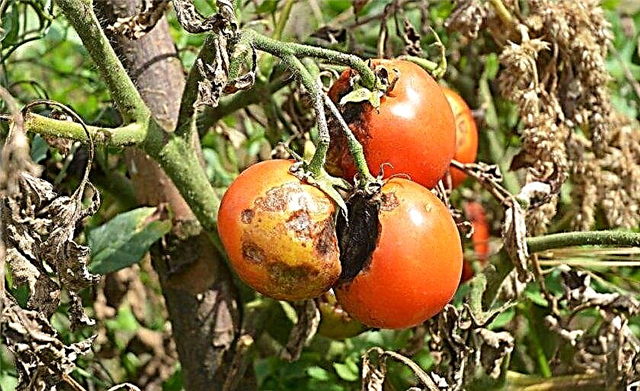
- Macrosporiosis. The disease has a fungal nature and is manifested by brown concentric spots on the leaves and fruits of the bush. With further damage, the leaves dry out and the green mass of the plant dies. Plants that are highly affected by the infection are removed from the beds and burned, and the remaining bushes are treated with fungicides.

- Belyanka. This butterfly lays eggs on the surface of leaves of tomato bushes. From the eggs appear green or yellow caterpillars, which begin to actively feed on the juicy green leaves of tomatoes. Sucking the juice from the plant, the caterpillars slow down its growth and wither the green mass. At the initial stage of infection, it is enough to collect pests manually, but with a large number of larvae, the bush is treated with insecticides (Kinmix, Aktara).
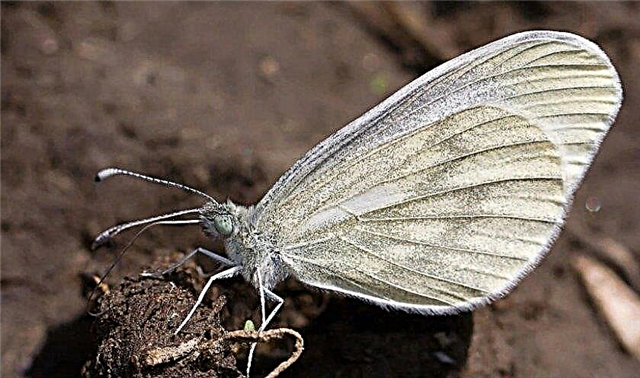
- Sawfly. This pest lays eggs in the pulp of the leaf, from which black larvae hatch. They actively eat the green mass of the plant, as a result of which the bush dies. To get rid of insects, you can treat the tomato bushes with a mixture of water, wormwood and baking soda, but with a large number of caterpillars it is recommended to use chemicals (Arrivo, Karbofos).
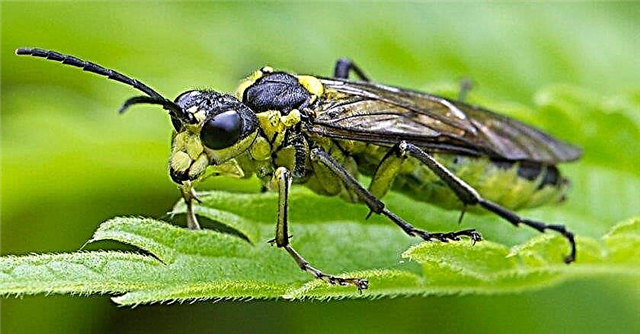
- Colorado beetle. Insects lay larvae on tomato leaves that eat green leaves. You can notice the pest on plants along the gnawed edges of the leaf plates and the presence of pink larvae on their lower surface. With a small number of pests, they are collected manually, and with a significant lesion, tomatoes are treated with special preparations (Prestige, Komandor).

To prevent the appearance of all of the above diseases and pests, you need to perform simple preventative measures:
- disinfect planting material and soil on the site;
- observe crop rotation;
- carry out deep autumn digging of the soil on the site;
- adhere to the recommended scheme for planting bushes;
- carry out proper watering and top dressing of plants;
- inspect tomatoes regularly for signs of infection or pests.
Important! To avoid pests, tomato bushes can be fed with organic fertilizers no more than 1 time per month and only during their active growth.
Harvest Dates
The first harvest of ripe fruits is harvested from the beds in early August. After this, the fruits ripen continuously until October. Bushes need to be inspected daily and harvest ripened tomatoes. They can be used both fresh and for the preparation of canned preserves or tomato juice. Fresh tomatoes can be stored for 1.5 months if placed in a refrigerator or dark cellar.
Titanium tomatoes combine excellent presentation, high taste and ease of cultivation. Using the recommendations listed in this article, you can grow a generous crop of fruits of this variety on your site.
























